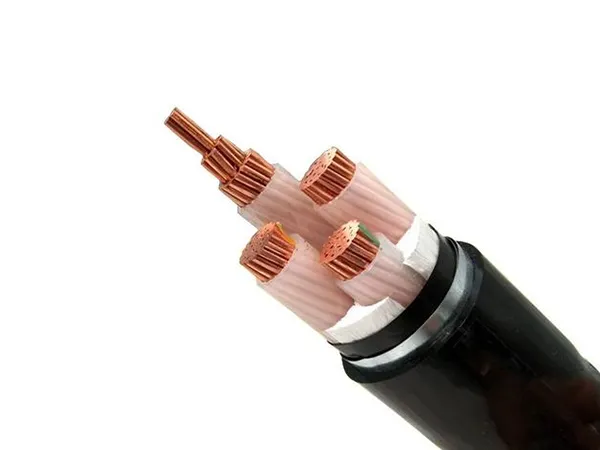Time: 2025-04-16 16:10:31 Source: Henan Province Jianyun Cable Co., Ltd.
The classification of voltage levels is crucial for electrical safety and system design, and whether 120 volts is considered low voltage depends on the standards and context. This article answers the question in three sections, exploring the definition of low voltage, the classification of 120 volts, and its implications for safety and applications.
Low voltage refers to electrical systems operating at a voltage level that poses a lower risk of severe electrical shock and is typically used in applications where safety and energy efficiency are priorities. According to the National Electrical Code (NEC), low voltage is generally defined as any voltage below 600 volts for alternating current (AC) systems in the United States. The International Electrotechnical Commission (IEC) defines low voltage as up to 1000 volts AC or 1500 volts DC. However, in specific contexts like lighting or control systems, "low voltage" often refers to even lower thresholds, such as 50 volts AC or 120 volts DC, to further minimize shock hazards.
Low voltage systems are common in households, powering lights, appliances, and electronics, as well as in telecommunications and control circuits. Think of low voltage as the gentle stream in a river system—it’s safe enough for everyday use but still carries enough energy to get the job done.

Yes, 120 volts is considered low voltage under most electrical standards. In the United States, 120 volts AC is the standard household voltage, used for outlets, lighting, and small appliances, and it falls well below the NEC’s 600-volt threshold for low voltage. The IEC’s 1000-volt AC limit also includes 120 volts as low voltage. Even in more conservative classifications, such as those used for extra-low voltage (ELV) systems (e.g., below 50 volts AC), 120 volts is still categorized as low voltage in the broader sense, though it’s on the higher end of the spectrum.
For comparison, medium voltage typically starts at 1 kV (1000 volts) and goes up to 35 kV, while high voltage exceeds 35 kV. So, 120 volts is safely within the low voltage range, making it suitable for residential and light commercial applications. It’s like the smallest fish in a big pond—still part of the low voltage family, but not as tiny as the 12-volt systems used in cars or LED lighting.

While 120 volts is classified as low voltage, it’s not without risks. A 120-volt shock can still cause injury, especially if the current passes through the body for an extended period or if the person is wet, which reduces skin resistance. However, the risk of severe injury or fatality is lower compared to medium or high voltage systems. This classification means 120-volt systems can be safely used in homes without the heavy insulation and protective measures required for higher voltages, but proper precautions—like using insulated tools and ensuring wires are not bare—are still necessary.
In practical terms, 120 volts being low voltage makes it ideal for everyday applications, such as powering household appliances, charging devices, and running lighting systems. It also simplifies installation, as low voltage wiring (e.g., NM-B or THHN cables rated for 600 volts) is widely available and easier to handle than medium voltage cables. However, for applications requiring even greater safety, such as outdoor lighting or control circuits, extra-low voltage systems (e.g., 12V or 24V) are often preferred. Classifying 120 volts as low voltage is like giving it a "safe but handle with care" label—it’s manageable, but you still need to respect its power.

Yes, 120 volts is considered low voltage, falling well within the NEC’s 600-volt and IEC’s 1000-volt AC thresholds for low voltage systems. This classification makes 120 volts suitable for residential and light commercial use, powering everything from outlets to appliances, though it still requires caution to avoid shocks. Understanding voltage classifications helps ensure safe and efficient electrical system design, balancing functionality with safety for everyday applications.
Word count: ~500 words
(Note: This article is based on general electrical knowledge. For specific installations, consult a professional electrician and follow local codes.)